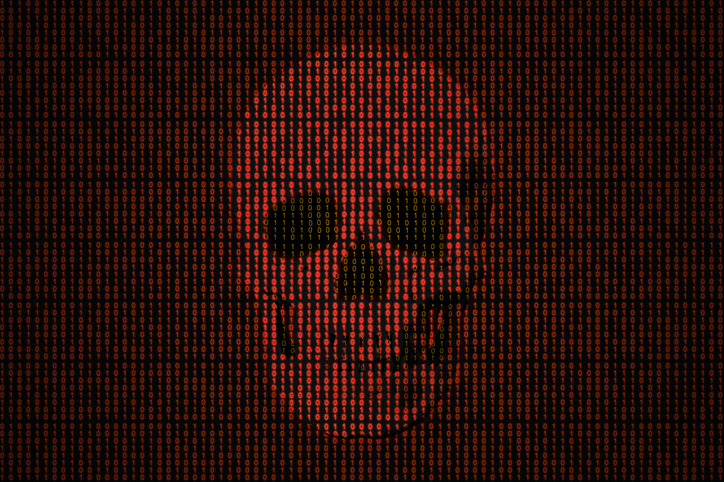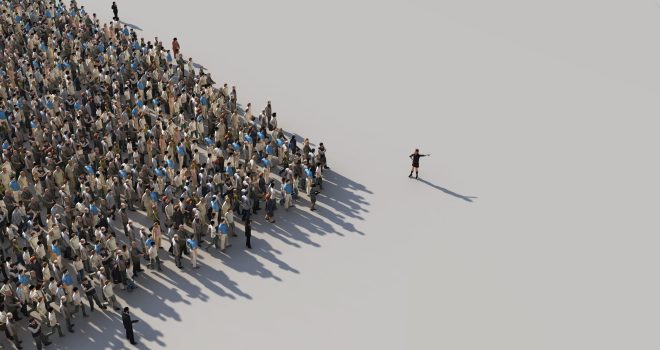A Glimpse Into The Dark Web

It’s important for PMs to have a basic understanding of the darker side of digital, says Richard Beck, Head of Cyber Security at QA.
The size of the World Wide Web could be between two and 20 trillion pages in the whole web. Google indexed 50 Billion webpages in 2014, which is less than 2.5% of the total.
The Surface Web is anything that can be indexed by a typical search engine such as Google, Bing or Yahoo – whilst the Deep Web is anything that a search engine can’t find.
Computer scientist Mike Bergman is credited with coining the term ‘Deep Web’ in 2000. The Deep Web is approximately 3,000 times bigger than surface web.
Sometimes described as the Deep Net, Invisible or Hidden Web, the Deep Web is where information on the WWW is not indexed by standard search engines. To put it simply, it’s the part of the internet that is hidden from view.
Search engines use automated technology to crawl across and index pages on the web. These “spiders” collect pieces of information for keywords and content, titles, descriptions and the importance and number of links to and from the site.
When we think about search engines for the ‘surface web’, Google isn’t the only kid on the block – although it’s undeniably the dominant one with over 3.5 billion daily searches. In fact, there are over 6,000 other search engines out there.
But irrespective of the type of search engine we use, there is one area of the WWW that search engines cannot scan – the Deep Web. Deep Web content can be found almost anytime you navigate away from Google and do a search directly in a website – academic databases and libraries, for example, contain huge amounts of Deep Web data.
Most of the content located in the Deep Web exists in these websites that require a search and is not typically illicit and scary. However, if you go a little deeper in the Internet you’ll find the Dark Web.
The Dark Web has caught the attention of the public in recent times, but there have been websites involved in criminal activity as long as there has been the World Wide Web. Criminals have always pushed the boundaries of law and innovation.
With the advent of the internet, criminals realised the opportunities that this global network could provide them, long before the majority of the population.
By its nature, the internet offers more anonymity and speed than any previous forms of communication, and the development of the World Wide Web gave criminals increasing access to other likeminded individuals and to millions of potential victims of their illicit activities.
These criminal activities can be thought of as fitting into two groups: cyber-enabled crime and cyber-dependent crimes. Cyber-enabled crimes are illegal activities that already took place before the internet and computers but have been facilitated even further by the internet.
Cyber-dependent crimes are ones that did not exist before the invention of computers and the internet and can only be perpetrated via these mediums, these crimes include hacking, denying legitimate access to services and malware infections.
The Dark Web, as the name suggests, holds dark and dangerous content. Clicking randomly on links on the surface web is not a problem, but this is not the case on the Dark Web.
Unless you are confident that you are not committing any offences by visiting a Dark Web link, you should never do so – especially in a business or project context. This is most certainly one area of internet use where applying an “if in doubt, don’t” policy will guard you, your projects and your organisation against serious risk.
Find out more about cyber security skills and training at www.cyber.qa.com.




